Cases and exercises in this book will help students to think about solutions
Another book on Climate Change, environment and how it impacts, easily tends to get dismissed. So what can one say that will make the change. Well, we seem to only get tons of bad news, and the rare, occasional inspiring story that only sharpens the reminder on all that is terribly wrong with the planet, or our life on it. Says Nandakumar, CEO of the International Centre for Clean Water, “Action orientation is needed for handling anything, and it’s especially so with climate change. There is too much talk and many of us are uncomfortable when called for action.
In our school days, action was not needed to score high grades or even to pass. It is assumed that one can read and remember well enough, but that was enough to get things done by others later on in life. Who are these others? People like you and me again? So what’s the good of that? My own view is that practical exams in schools are a farce. Maybe a strong word, but that’s the way I remember it, and I’m sure teachers are also aware of what I mean. You are never really challenged in a practical exam, whether it’s physics, chemistry or whatever exams you give. Because failure here means failure of the teacher also. So as teachers we generally ensure that everybody passes. And that’s the way it is treated. It’s almost as if it’s a crime to make someone fail in Practicals.”
There is a justification for such thinking or acceptance, however lame: the student does not know his future career path, so why learn a skill that he may never put to use; so let Practicals be just that little bit of ‘touch and feel’. Says Nandakumar, “But when it comes to actions related to climate change, I think that is not true. Every career, every step in every career today, must be linked to actions related to climate change. Talk is not enough, so everybody, irrespective of whether he’s a lift man or a CEO, has to have something to talk about and do, more than talk about. We cannot afford to have anyone not to act, to mitigate all the damage that is done. We cannot continue to live in a theoretical world. We have mistaken talking for action.”
This book is all about action in one’s life that can transform any reader who practises the numbers of case exercises. It just might help the next generation to pull back from the brink if they are weaned on such stuff as this book offers. Broken into a dozen chapters, starting from environmental management, what is unique about the book is that it lists very specific case exercises that teachers and students can make integral to the classroom experience.
Dr Vasudevan Rajaram, who is the lead author, says, “I’ve been coming to India every so often. I check textbooks of kids in school. It is a lot of theory and not so much about what they are learning on how they are going to apply it in life. I draw blank stares from the richer kids when I ask them simple questions of the lives of the poorer kids in the slums, or of the crisis on water or forests. This book is action oriented. The idea is to let the reader, young or old, to think. We put activities and exercises at the end of each chapter. All of those centre around observing nature, observing things in the community and writing reports, drawing up action plans that they can suggest in the classroom to other students and to the teachers.”
Having authored 7 books in the past on subjects centred around solid waste management and waste water management at mega city levels, Raj Rajaram brings a refreshing approach. “The case exercises came in thanks to the large contribution that the two co-authors made,” says Raj. Keith Olson and Lynn Tiede [pronounced ‘Teedy’] are both teachers for children in Chicago and New York City. Both walk the talk on green, with work they do with communities. Says Keith, “It was fun, and a lot a hard work, detailing the case exercises. What is important to me is that no person can avoid environmental impact. Even heating water for a cup of tea takes energy which, unless from green energy, will produce some greenhouse gases, thereby contributing to climate change.”
Think and Act
Lynn’s strength comes from the fact that she has taught Math, Science, and Engineering at High School levels in New York City. As her school’s sustainability coordinator she works on every day to foster habits of sustainability in her students and colleagues. “It was a labour of love, putting together the numbers of case exercise, field observations, and project exercises.” Raj’s lucid writing style keeps the reading racy, and simple.
One exercise for students that the book suggests among a hundred such, relates to the CO2 a vehicle produces. ‘What is the weight of the CO2 exhaust from a Maruti 800 that weighs 650 kg? Will it be one-tenth of the weight of the vehicle?” Then the chapter goes on to explain, “Assume the vehicle goes 20 km on a petrol-litre, and it is driven 6000 km a year. That would use 300 litres, which weighs about 210 kg. Using that much fuel would produce three times that weight of CO2, or 630 kg. How does that compare to the weight of the vehicle? For the Maruti 800, it’s about the same. Most people’s guess is much lower than the actual output.” The book is replete with such examples that are practical, engaging the mind and attention of the reader, and reminding you time and again that learning on sustainability can only be by the doing beyond the classroom.
This is not just another book that you put away for the occasional reference-read. It is a book you use for the treasure-trove of ideas that will trigger the imagination of the working professional, or of the student with a bit of help from a coach or mentor. There’s plenty of material out here for you to read, absorb, and share with students, peers and professionals. And if you’re looking for suggestions from a trustworthy source on how to combat climate change with personal actions then look no further.
The author is a Trustee at BCIL AltTech Foundation and is a pioneer in green buildings and sustainability solutions


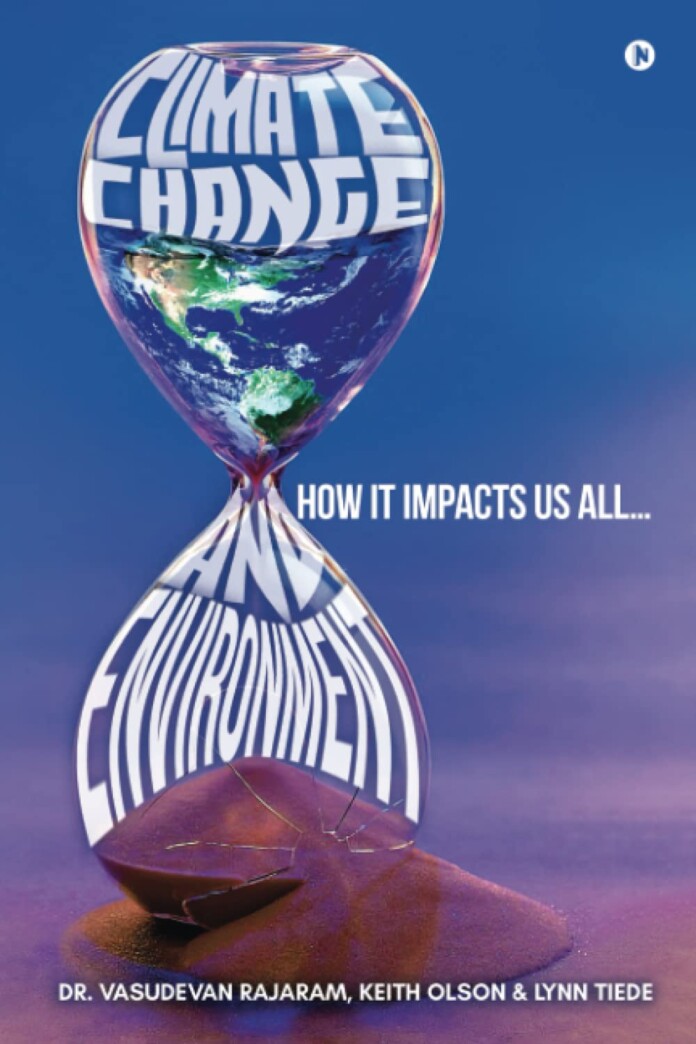
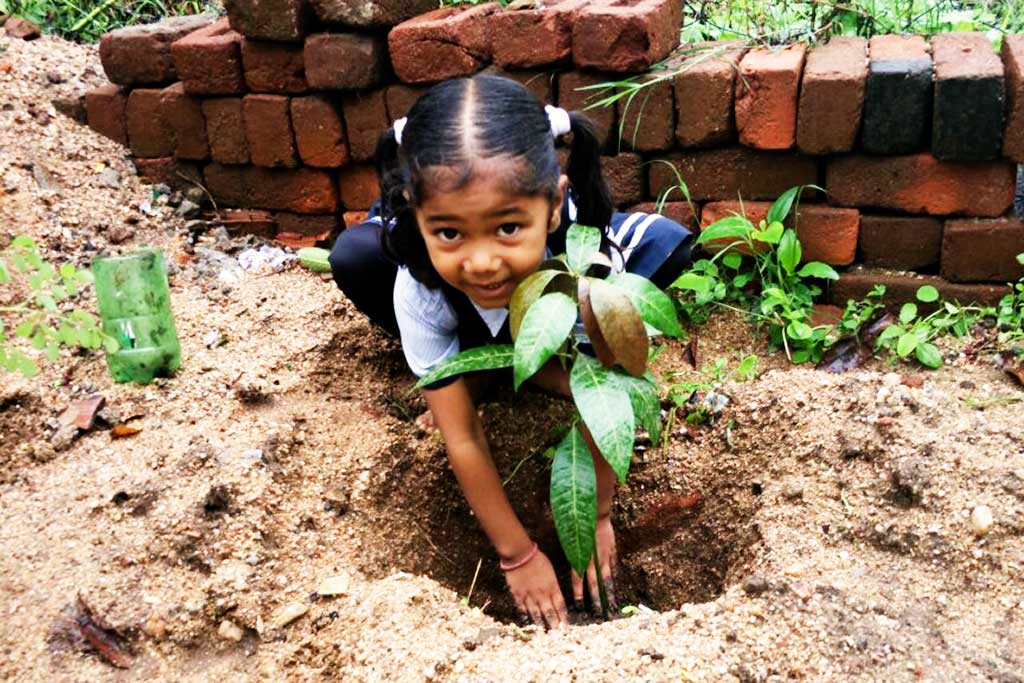
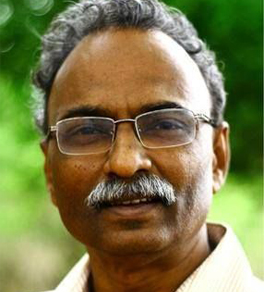
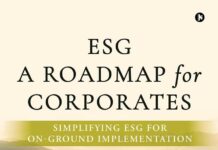
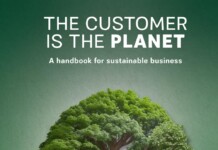
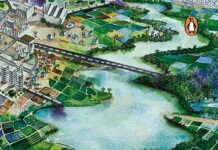
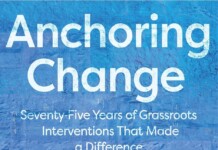
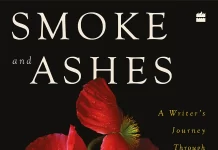
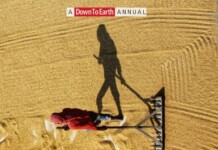


[…] See review of the book published in SustainabilityNext July issue here. […]